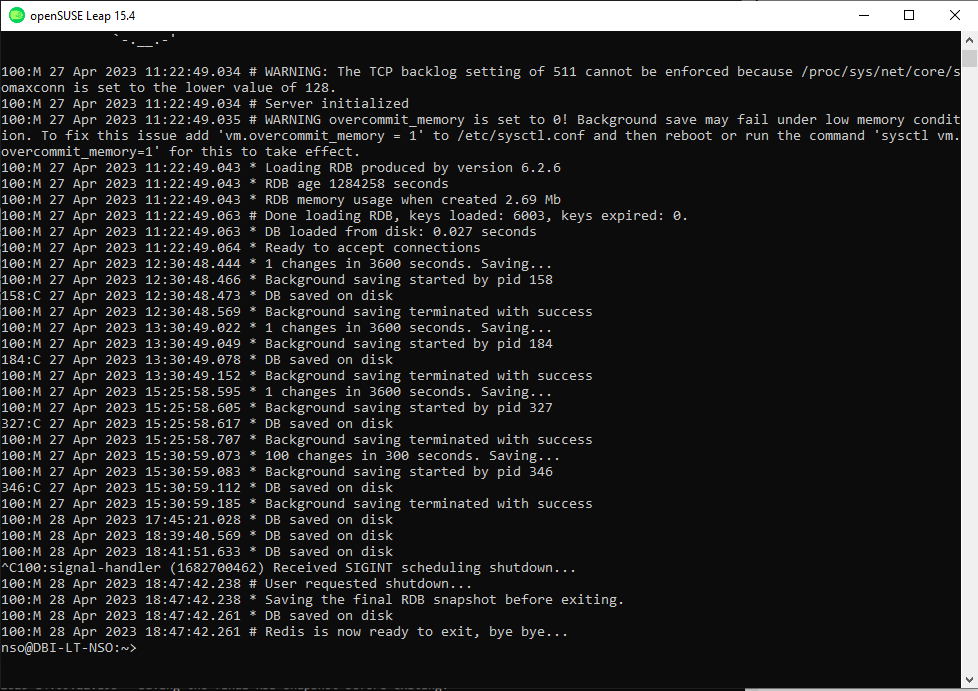Backing up your Redis backup.db to Ensure Data Security
Redis is an open-source in-memory data structure store that is commonly used as a database, cache, and message broker. It is known for its lightning-fast performance and versatility in handling various types of data. As with any database system, it is important to regularly back up your Redis data to prevent data loss in the event of a system failure, corruption, or accidental deletion.
One of the key components of your Redis data that you need to back up is the dump.rdb file. This file contains a snapshot of your Redis database at a specific point in time and is crucial for restoring your data in case of an emergency. However, simply relying on the default backup mechanism provided by Redis may not be enough to ensure the security and availability of your data.
To enhance your data backup strategy, you should also consider backing up your backup.db file. This file contains additional metadata and configuration information that can assist in the recovery process and help you get your Redis database back up and running quickly.
There are several methods you can use to back up your Redis backup.db file, including manual backups, automated scripts, and cloud-based solutions. Each method has its own advantages and disadvantages, so it’s important to choose the one that best fits your organization’s needs and resources.
Manual backups involve periodically copying the backup.db file to a secure location, such as an external hard drive or network-attached storage (NAS) device. While this method is simple and cost-effective, it can be time-consuming and prone to human error. Additionally, manual backups may not provide the level of redundancy and automation needed for large-scale deployments.
Alternatively, you can set up automated backup scripts to regularly copy the backup.db file to a designated backup server or cloud storage provider. This approach offers the benefit of hands-free operation and ensures that your data is backed up consistently and securely. Automated backups can also be configured to run at specific intervals, such as daily, weekly, or monthly, depending on your data retention requirements.
Cloud-based backup solutions, such as AWS S3, Google Cloud Storage, or Azure Blob Storage, provide an additional layer of protection for your Redis backup.db file. These services offer high availability, durability, and scalability, making them ideal for organizations with stringent data protection and compliance requirements. By storing your backups in the cloud, you can rest assured that your data is safe and accessible from anywhere in the world.
Regardless of the backup method you choose, it is essential to test your backup and recovery procedures regularly to ensure they are functioning correctly. This includes verifying the integrity of your backups, practicing data restoration, and monitoring backup job logs for any errors or warnings. By proactively testing your backup strategy, you can identify and address potential issues before they result in data loss.
In conclusion, backing up your Redis backup.db file is an important step in safeguarding your data and ensuring business continuity. By implementing a comprehensive backup strategy that includes both the dump.rdb and backup.db files, you can protect your Redis database from unexpected data loss and minimize downtime in the event of a disaster. Remember, the best time to back up your data is now!
